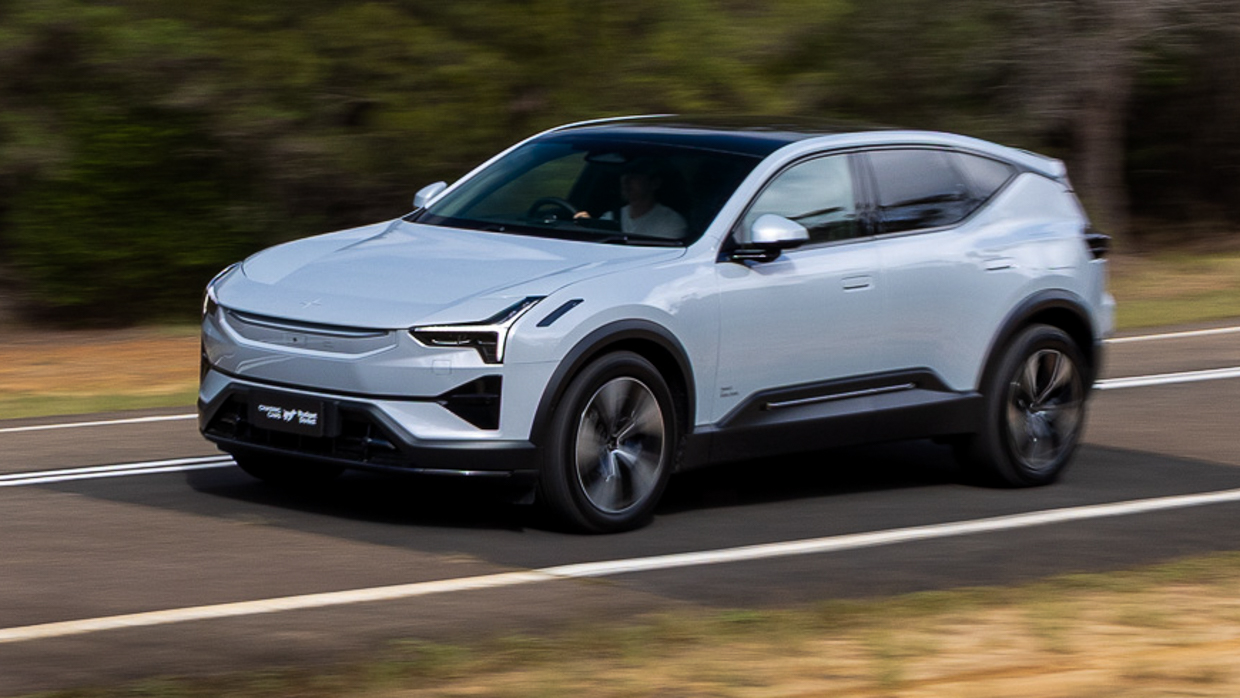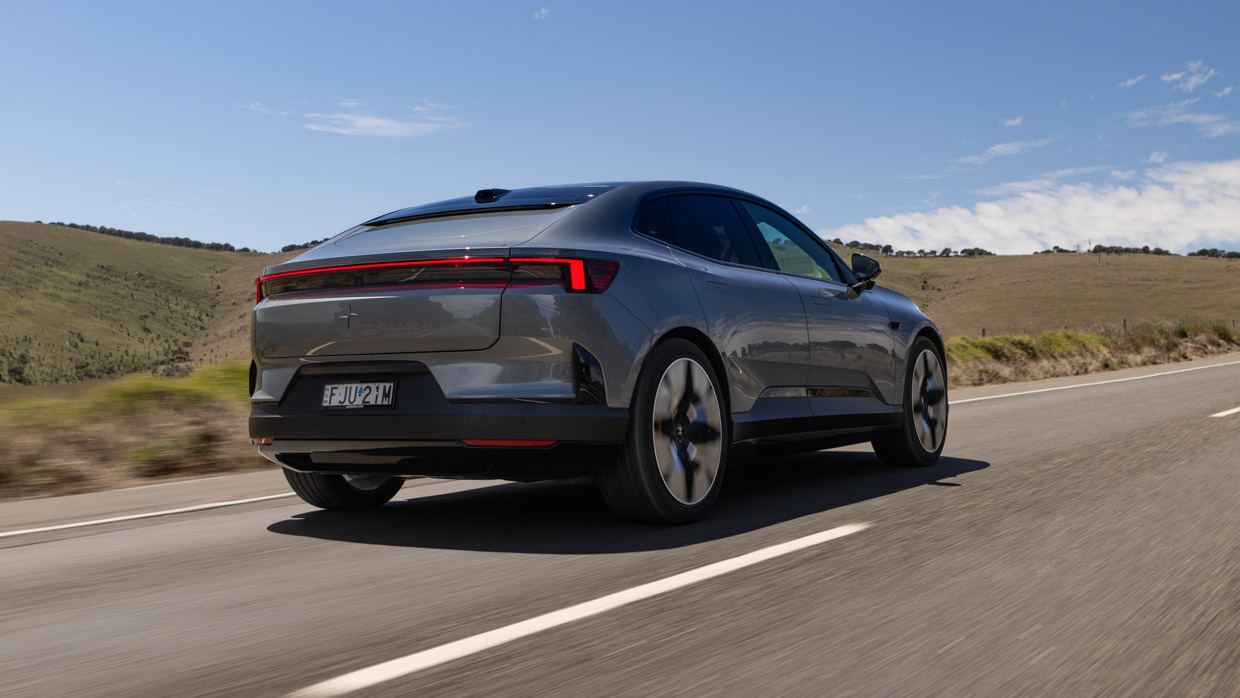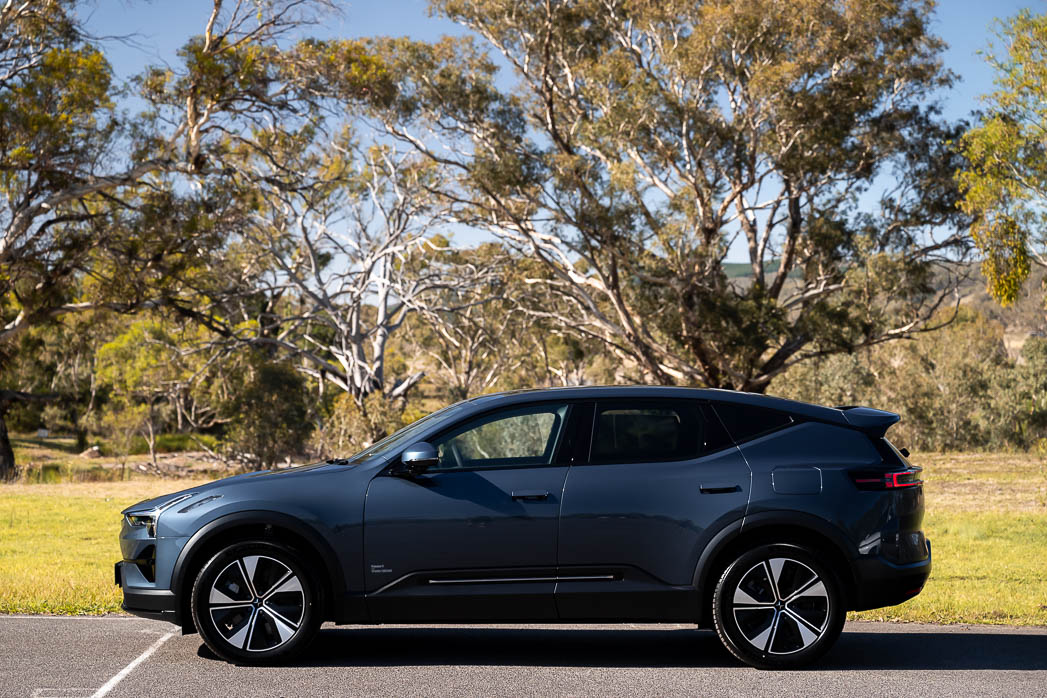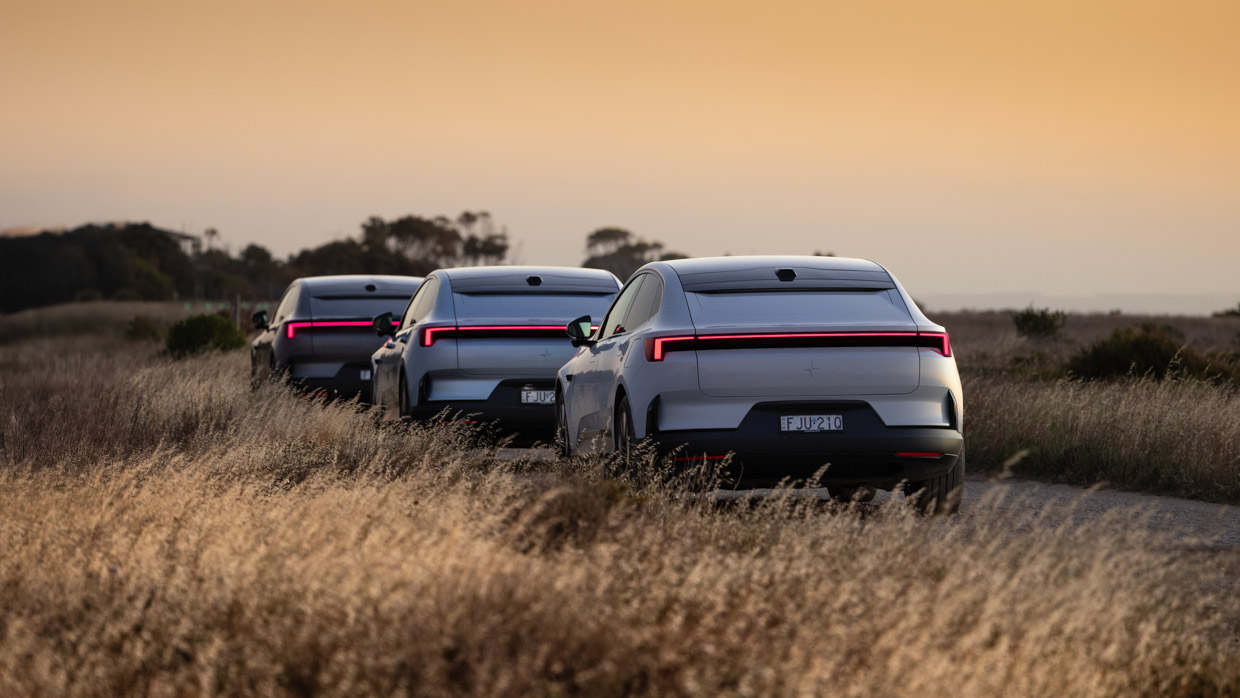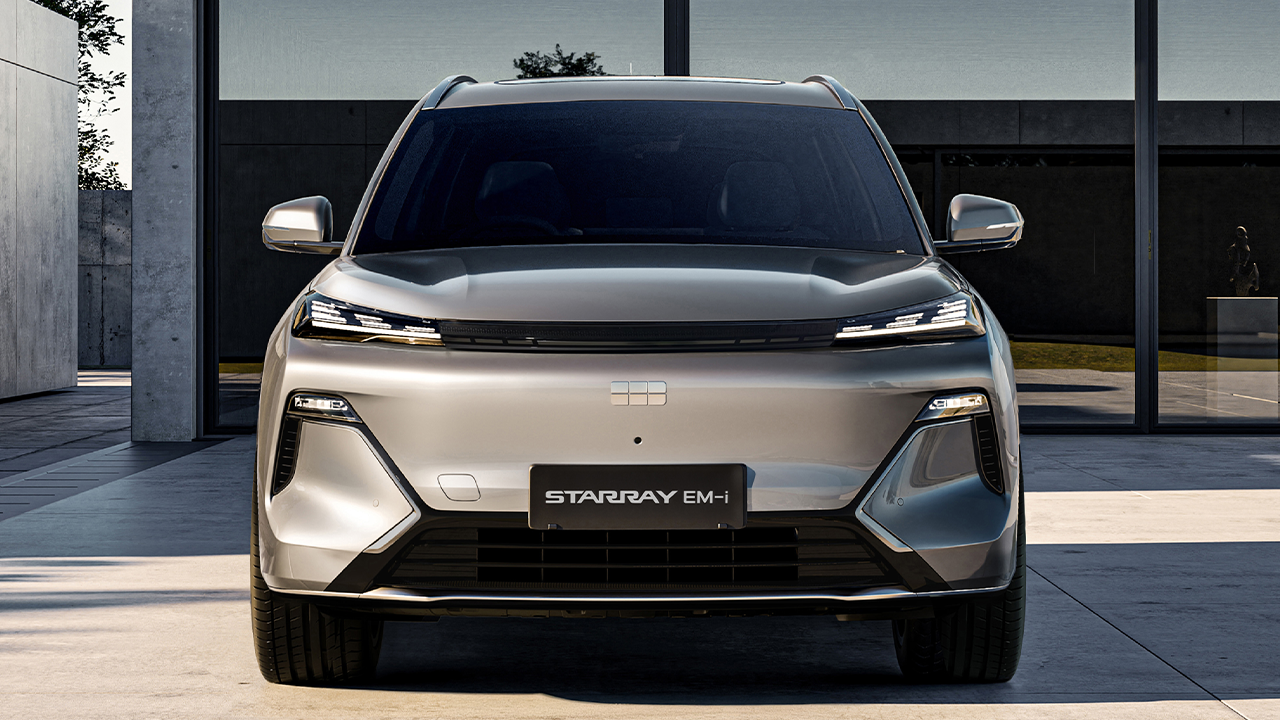-
Car Reviews
- All reviews
- Midsize SUVs
- Small cars
- Utes
- Small SUVs
- Large SUVs
- Large cars
- Sports SUVs
- Sports cars
- Vans
Latest reviews
- Car News
-
Car Comparisons
Latest comparisons
- Chasing Deals
Despite enormous growth in hybrid and PHEV sales, Polestar stays the course and will retain EV-only range structure
Electric car manufacturer Polestar is refusing to back down on its EV-only stance despite rival brands like Mercedes-Benz and Audi reversing self-imposed deadlines to stop building cars with internal combustion engines.
Within Geely Automotive Holdings (GAH), which owns Polestar but also fellow European brands Volvo and Lotus plus a host of Chinese marques (such as Zeekr and Lynk & Co), Polestar increasingly stands out for its insistence on EV—which some see as steadfast and others stubborn.
Polestar’s former parent Volvo publicly backed away from its previous commitment to going electric-only in 2030—a global decision that contributed to making Volvo Cars Australia’s own promise to go EV-exclusive from 2026 untenable.
In Australia, the only vehicles Polestar has ever sold have been fully-electric—though the standalone brand’s first model in European and American markets was actually a plug-in hybrid (PHEV) sports coupe called the Polestar 1 with 124km electric range (WLTP).
Since production of the Polestar 1 ended in 2022, the brand has produced only EVs across plants in China, the United States, and South Korea. From late 2027, the brand will commence building the Polestar 7 small SUV in Slovakia—again as a full EV with no hybrid version planned.
However, despite Volvo, Mercedes-Benz, Audi and other peer brands backing away from dropping hybrids and pure-combustion cars in favour of EVs, a parade of senior Polestar executives has lined up to back the Gothenburg, Sweden-based manufacturer’s decision to stay the course.
In a November 2024 open letter to customers, Polestar chief executive Michael Lohscheller criticised “indecisiveness [which] not only slows down the green transition [but] also ensures that brown alternatives remain the cheaper and more convenient alternative.”
Speaking with Chasing Cars this month, Polestar Australia managing director Scott Maynard backed Lohscheller’s comments.
“I’m personally chuffed that our CEO has doubled down on saying we will be an EV-only brand and that it is not a time to explore hybrid technology, because I think it opens a window for us,” Maynard said.
“I think there is a market for a brand that specialises in EV and does not continue to try and put an EV skateboard under an ICE chassis, so I think it works well for us.”
While the Polestar 2 shares its CMA chassis with some ICE and hybrid vehicles (such as the Volvo XC40), the Polestar 3 large SUV and Polestar 4 crossover utilise dedicated EV platforms while the forthcoming Polestar 5 has an even more bespoke battery-electric architecture.
Polestar has concentrated on lengthening the usable driving range of its vehicles in recent years. Today, the shortest-range Polestar (the 2 Standard Range) offers 520km (WLTP) while the Polestar 3 Single Motor has the longest legs, offering an ICE-rivalling 706km of range.
Demand for fully-electric vehicles has slowed in recent years off the back of a long period of intense growth—a major factor prompting revisions of EV-only targets by car manufacturers in a fear that boards had failed to read the room.
Still, the proportion of vehicles sold in 2024 that were powered only by electricity grew by 25 percent and by the end of last year, full EVs represented more than 20 percent of global car sales spurred by strong demand in the Mainland Chinese market.
In Australia, growth last year was more muted with demand-side incentives for leases on full EVs helping to stoke a 14 percent increase in EV sales locally in 2024—but the proportion of EV sales as a share of the total has been essentially flat in Australia in 2025.
At present, around eight percent of new cars delivered in Australia are EVs, with PHEVs accounting for three percent of sales, ‘full hybrids’ (without a plug) representing around 16 percent, and pure ICE retaining a dominant 73 percent share.
Hybrids have been the big winners in Australia this year with PHEV sales up 210 percent in the first half of the year, though the removal of the key fringe benefits tax exemption for new PHEV leases in April 2025 expected to dampen that level of growth in the run to Christmas.
Still, hybrids of various kinds will play an increasingly important role in Australia’s new car markets—not only due to EV demand jitters but mainly as carmakers eliminate pure ICE vehicles from their lineups to avoid financial penalties under Australia’s tough NVES emissions laws.
At Volvo, PHEV versions of the heavily revised XC90 large SUV and venerable XC60 midsize SUVs continue to be made available to Australia customers while fellow GAH brands Zeekr and the eponymous Geely will both add PHEVs to their Australian lineups in the near term.
Latest news
About Chasing cars
Chasing Cars reviews are 100% independent.
Because we are powered by Budget Direct Insurance, we don’t receive advertising or sales revenue from car manufacturers.
We’re truly independent – giving you Australia’s best car reviews.
